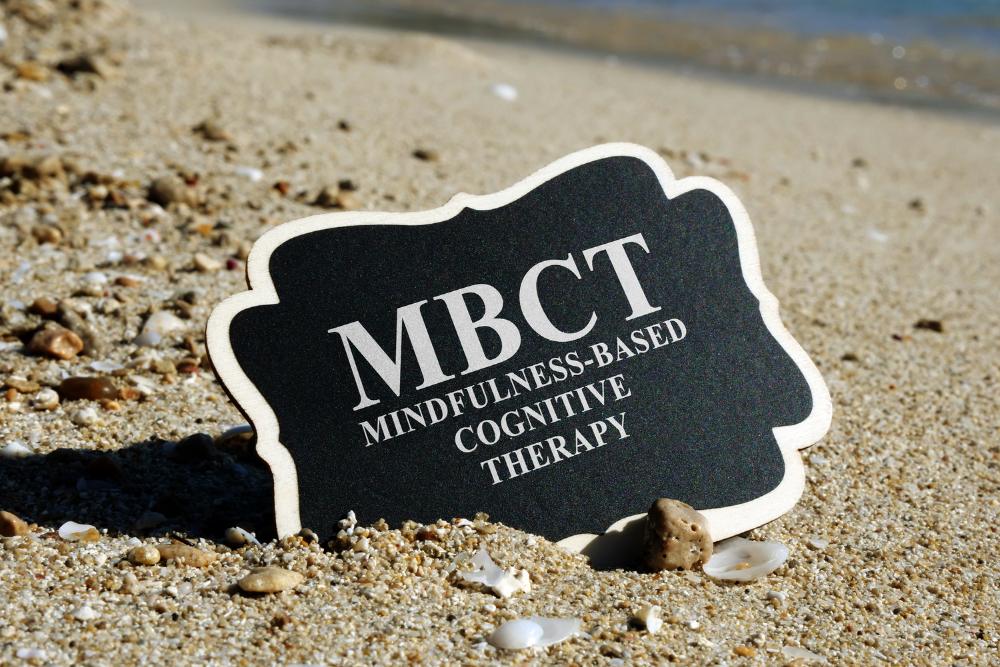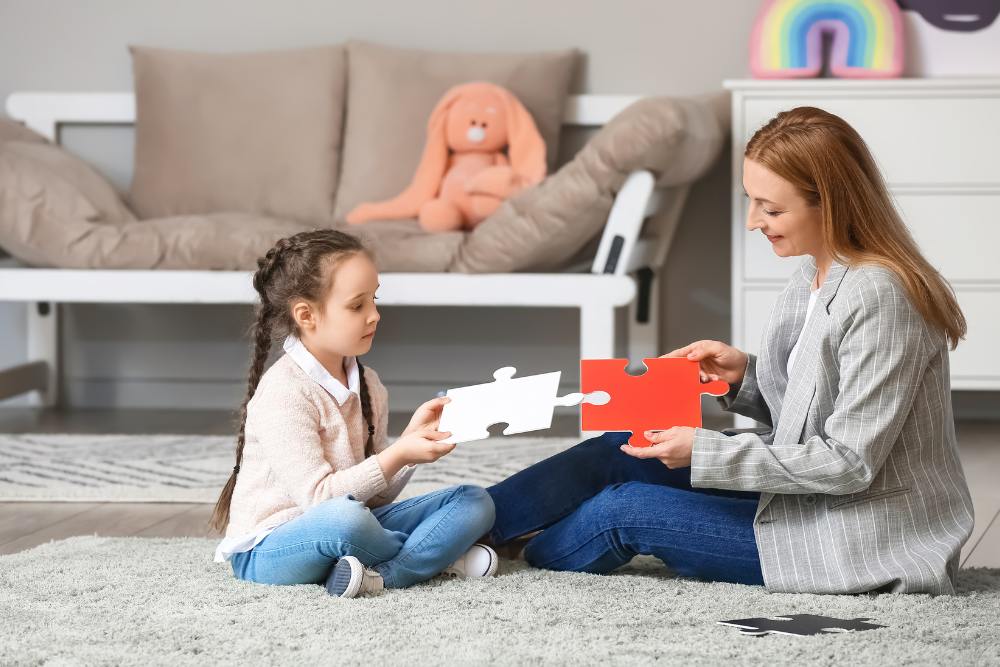One of the common issues that causes a patient to seek out therapy is depression,…

What Is Accelerated Resolution Therapy?
What Is Accelerated Resolution Therapy?
If you are looking into therapy options, you may have come across accelerated resolution therapy. This is one of the newer therapy approaches, and it is a great option for those who are looking to heal from traumas such as post-traumatic stress disorder or distressing memories, for instance. Choosing the right therapy option out there is a very important step in your healing journey.
Read on to find out more about accelerated resolution therapy and whether or not it is right for you.
What Is Accelerated Resolution Therapy?
Accelerated resolution therapy is also known as ART for short– however, it is not the same as art therapy! ART, rather, is an eye movement therapy. It involves the person who is in therapy moving their eyes back and forth, following the therapist’s hand or another item. At the same time, the therapist is giving specific directions prior to each set of eye movements.
The program draws on many different established, evidence-based therapies. Some of these include gestalt, cognitive-behavioural theory or cognitive processing therapy, and eye movement desensitization and movement (or EDMR for short). Unlike these, though, accelerated resolution therapy is a procedurally oriented therapy– most other therapies tend to focus on the content of the person’s emotions and thoughts instead.
Due to this focus on the procedures rather than content, the person who is in therapy does not have to talk about what had happened to cause their trauma. This unique approach can be very beneficial for those who struggle to talk about their emotions or experiences, such as some of those in the military. This can additionally be easier on the therapist, as they will not experience secondary or vicarious trauma from listening to these experiences.
How Does Accelerated Resolution Therapy Work?
So, how exactly does accelerated resolution therapy work? Now that you have a better understanding of what it is, you may be interested in using this therapy itself– however, it is important that you fully understand how it works, too, before you make any final decisions here.
It is believed that the eye movements that are used in this therapy approach are linked to the same sort of eye movement that is seen in REM sleep– this is when the brain is processing the events of the day. Originally, we believed that memories were stagnant and fixed. It has since been learned that memories were actually plastic and can be changed or affected by certain factors. Therefore, the aim of accelerated resolution therapy is to utilize these techniques to alter memories. After four to six hours, the memory will be reconsolidated and stored.
Speed of Accelerated Resolution Therapy
You may be wondering how quickly accelerated resolution therapy works. After all, the time commitment that you should expect is important in choosing a treatment plan, whether this is for your mental health or for your physical health! In fact, accelerated resolution therapy is well known for rapid results– as can be guessed from the name. Many therapists have reported that they were able to heal phobias or those who are suffering from a single traumatic event in just one session. Some examples of these single traumatic events could be a car accident or witnessing an atrocity.
That being said, extended or repeated traumas are not something that is healed as quickly as the examples above, as there are more memories to influence. ART sessions are still much faster than many of the other therapies out there, as it can show effects in 3 to 5 sessions which leads to rapid recovery. Many other therapies, however, can require anywhere between 12 and 20 sessions before they are effective.
When choosing a therapy, it is key that you are able to complete the course of treatment in its entirety– otherwise, you will not be able to achieve the desired effect or resolution. This is why the speed of accelerated resolution therapy is such a benefit to you.

Who Should Use Accelerated Resolution Therapy?
A very wide variety of people with a wide variety of experiences and traumas can benefit from accelerated resolution therapy. It has been used with children as young as aged four, and it has been seen to help both military and civilian populations. Research has shown that therapists were able to achieve similar results with both of these populations.
To be successful when implementing accelerated resolution therapy, you must be able to hold onto a thought, able to track the therapist’s hand with both eyes, and be willing to heal. Researchers are even beginning to use an ART session to treat substance abuse issues and obsessive-compulsive tendencies. These treatment sessions, however, have been seen to require more sessions per week in the early stages.

Frequently Asked Questions
How does art therapy work?
Art therapy is one of the many ways that we can deal with traumatic memories or painful memories and experiences like post traumatic stress for example. Art therapists use materials and directives in order to generate imagery that is directly connected to your emotions, and also activate sensory responses. It helps people to re-experience their emotions in a way that allows them to form a narrative and organize their feelings.
What is ART EDMR?
ART EDMR is actually referring to two separate types of therapy. ART refers to accelerated resolution therapy, while EDMR refers to eye movement desensitization and reprocessing. Both are approaches that use bilateral stimulation to help with reprocessing painful or stressful memories.
What therapy is similar to EDMR?
RRT, or rapid resolution therapy, is one of the therapies that is very similar to EDMR. They are similar in that, during RRT, a perceived negative behaviour or emotion is identified, and the root of the issue is then eliminated.
What is the difference between EDMR and ART?
There are a few differences between these two types of therapies. For instance, EDMR uses a variable number of eye movements, but ART protocol uses a fixed number of these. EDMR is content focused and uses free association, while ART has a procedural orientation and focuses on visual imagery and emotional sensations.



